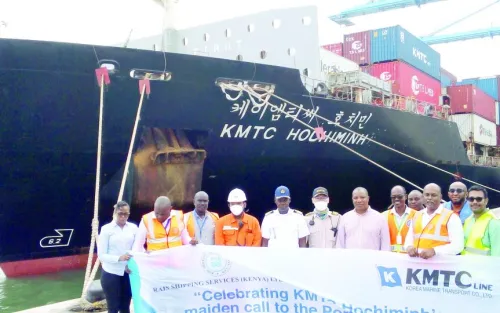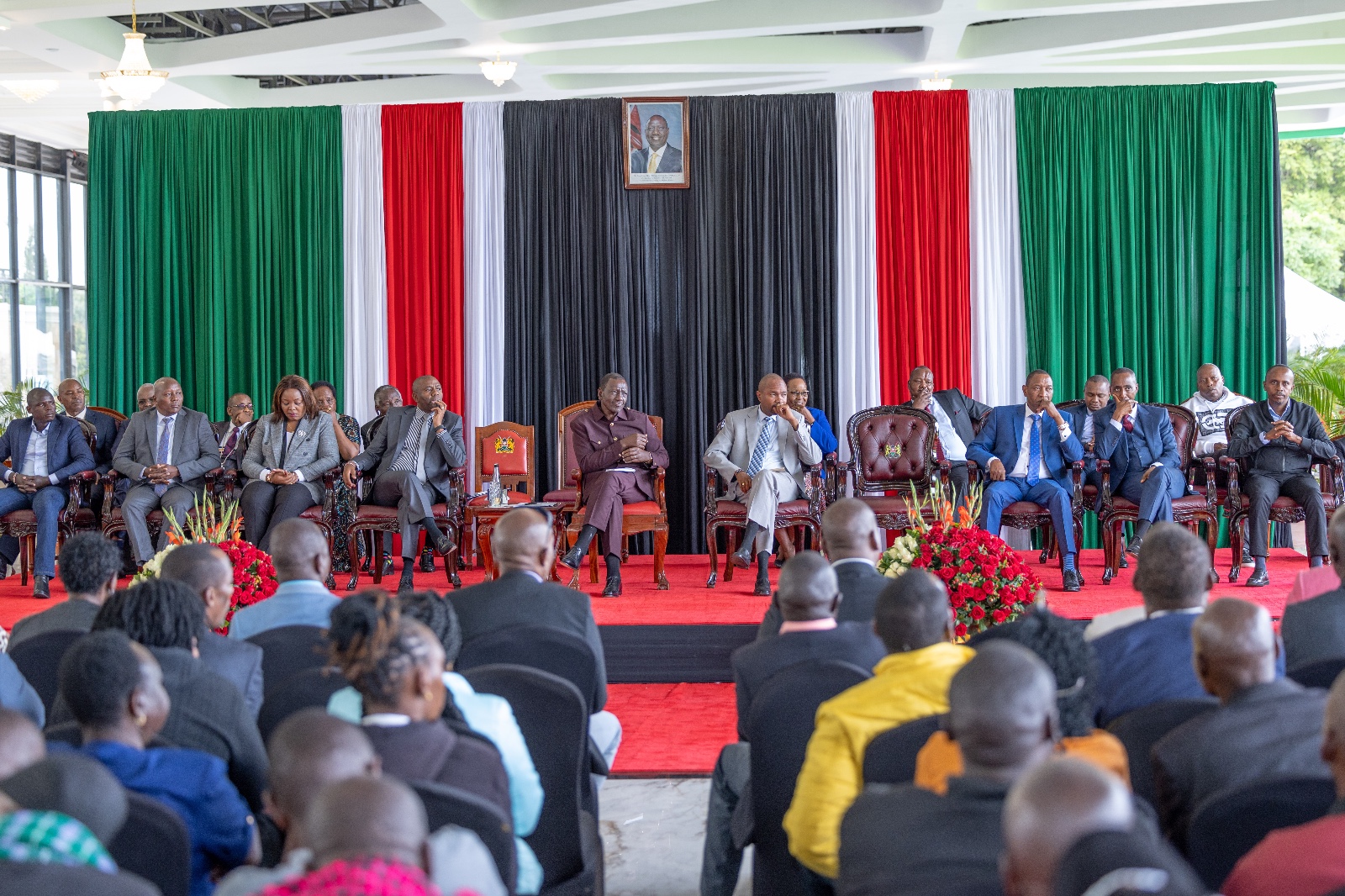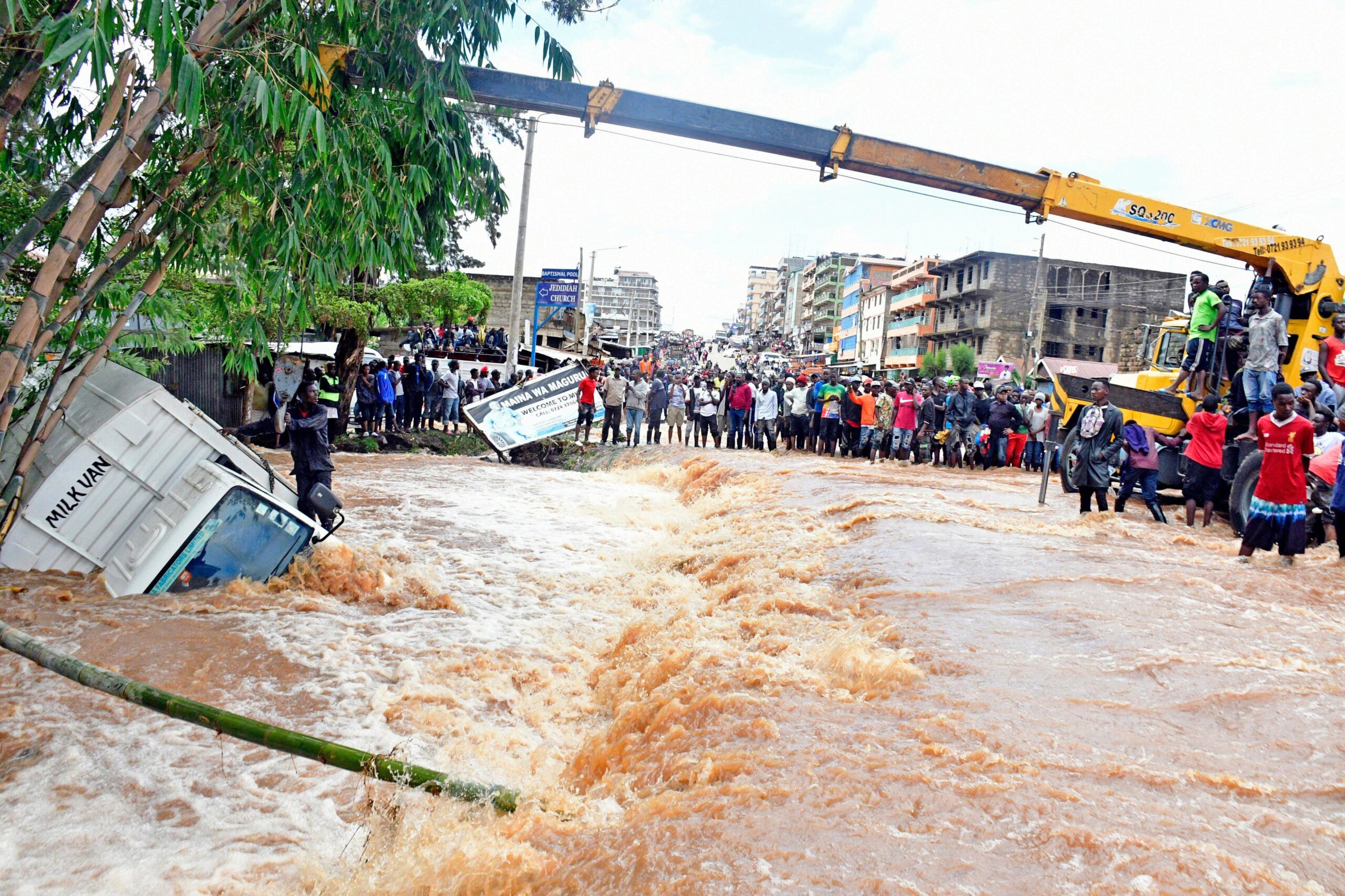
The port of Mombasa has continued to attract larger cargo lines as it seeks to increase throughput.
On Thursday, January 11, 2024, the port received the MV KMTC Hochmihn, the first-ever vessel to an African continent from the Korea Marine Transport Container shipping line. The vessel came with 1,000 containers for local and transit markets, reinforcing the port’s strategic position as a shipping and marine center and preferred port of call for shipping lines.
Captain William Ruto, Managing Director of the Kenya Ports Authority (KPA), expressed the port’s commitment to improving efficiency to provide excellent services. He emphasized the significance of the new business and the confidence KMTC has in the port’s operations, stating, “This is a new business to us, and we appreciate the shipping line for bringing us this. We promise to give them the best services because for any shipping line to come they must have done due diligence.”
KMTC General Manager Mayur Udyawar highlighted Kenya as the chosen gateway to Africa for the shipping line, reflecting the port of Mombasa’s productivity, efficiency, and strategic importance as a key entry point for shipping lines expanding operations on the continent. He expressed optimism about handling more cargo, stating, “We are happy with the growth, and with the deployment of this vessel, we are positive we will handle more cargo.”
The port, which recorded a 12% increase in cargo volumes last year, is aiming for further growth in the coming year. Investments in modern equipment and expanded capacity through the opening of berth number 22 have contributed to attracting new vessels and service lines. KPA board chairman Benjamin Tayari confirmed their commitment to increasing efficiency, stating, “The port is now very efficient, and we will continue to do more to attract more shipping lines. This is clear Kenya is making strides in the maritime and shipping industry.”
With the port of Mombasa also expecting the arrival of another cruise vessel with 2,000 tourists, these developments signal a promising outlook for the port’s future and its role as a key player in East African maritime trade.






